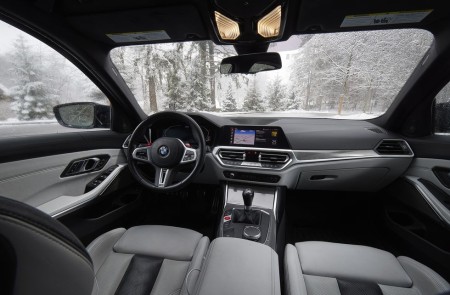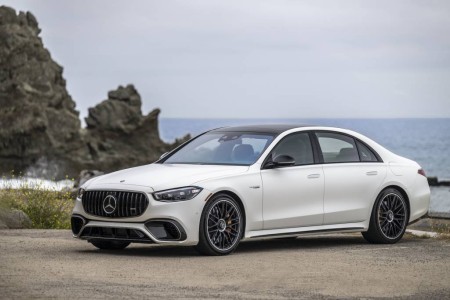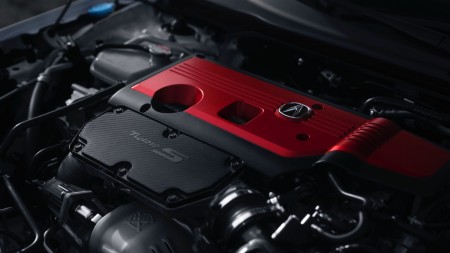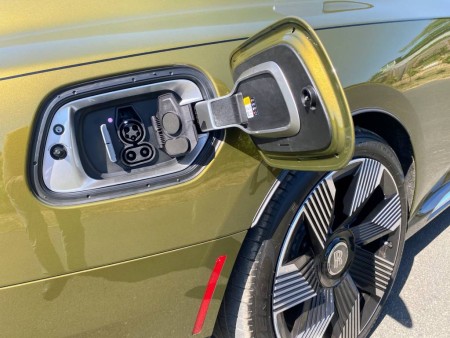LEVC to roll out EV vans MPVs on new SOA platform; batteries motors to be shared with Geely SEA models

Advertisements
The SOA platform has been designed to offer a low step-in height at 386 mm, which LEVC says is 74 mm lower than the average European van, while the boot lip is 28 mm lower than average, thus helping to make loading heavy items less challenging. This will be further aided by air suspension that is standard on SOA-based vehicles, which will be about to squat by 20 mm in front and 40 mm at the rear.
The SOA platform has been engineered to achieve torsional stiffness of 41,000 Nm per degree, which is twice the stiffness of a typical European MPV according to LEVC. This in turn offers ŌĆ£10% betterŌĆØ ride quality and refinement compared to German luxury SUVs as well as reduced interior noise when travelling at speed, chief architecture designer Kent Bovellan said according to Autocar.
In terms of powertrain, the batteries and drive motors for use on the SOA platform will be shared from parent group GeelyŌĆÖs SEA platform, which also serves as the basis for the smart #1 and the Zeekr 001.
The most potent of the powertrain configurations to be deployed with the SOA-based models is likely to be the 544 PS/768 Nm dual-motor setup in the Zeekr brandŌĆÖs first model, and the rear motor with be the primary drive unit, which means it will do most of the propulsion work until full acceleration is demanded, said Bovellan.
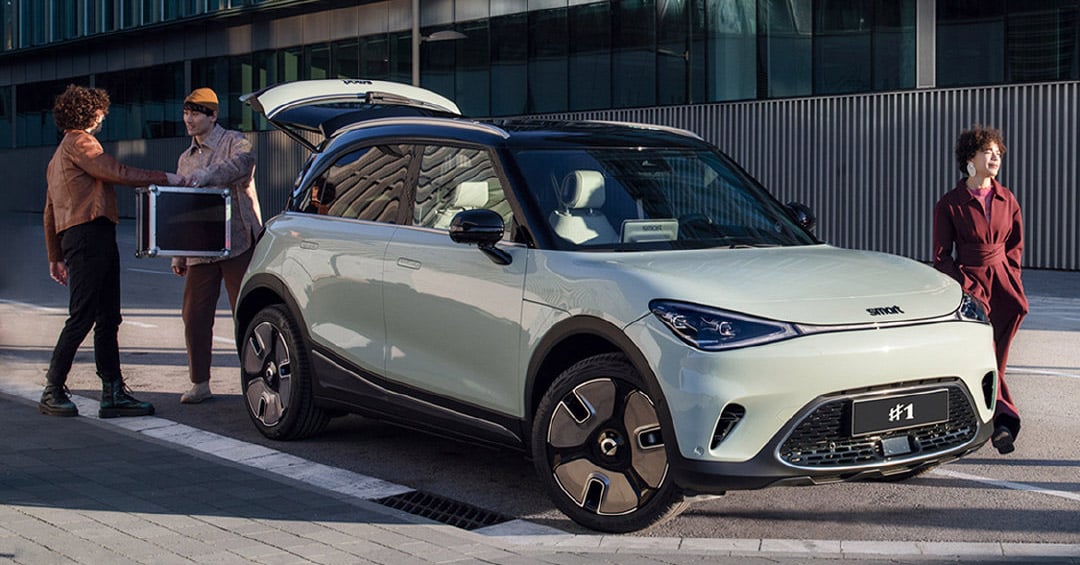

Upcoming SOA-based models will share its powertrain with the smart #1 and the Zeekr 001
Models built from the SOA platform will be specified with one of three battery packs ŌĆō a 73kWh lithium-iron phosphate battery offering 362 km on the WLTP cycle, an 102 kWh nickel-cobalt-manganese battery that yields 491 km and a 120 kWh nickel-cobalt-manganese battery pack that is good for 574 km.
These will enable a 10-80% charge in as little as 30 minutes, and every SOA-based model will get a head pump as standard.
Autonomous driving capabilities will feature heavily in upcoming SOA-based models, though the initial run of vehicles will be limited to Level 2 driver assistance, and further self-driving capabilities will likely arrive via over-the-air (OTA) updates after the mid-2020s, the magazine wrote.
Of these upcoming SOA-based models, the taxi ŌĆ£will always be manufactured [in the UK],ŌĆØ LEVC managing director Chris Allen was quoted by Autocar as saying, while it would be unlikely for every version from this range to be also built in the United Kingdom.
ŌĆ£In terms of where we then choose our manufacturing footprints for the different vehicles that come off this [SOA platform], it sort of goes back to the same question of where the markets areŌĆ” So when we go to market, we will determine where the manufacturing footprint is,ŌĆØ Allen said.
You May Like:
